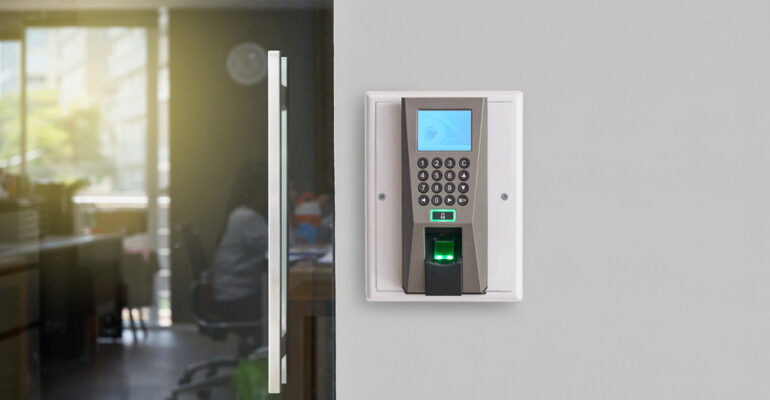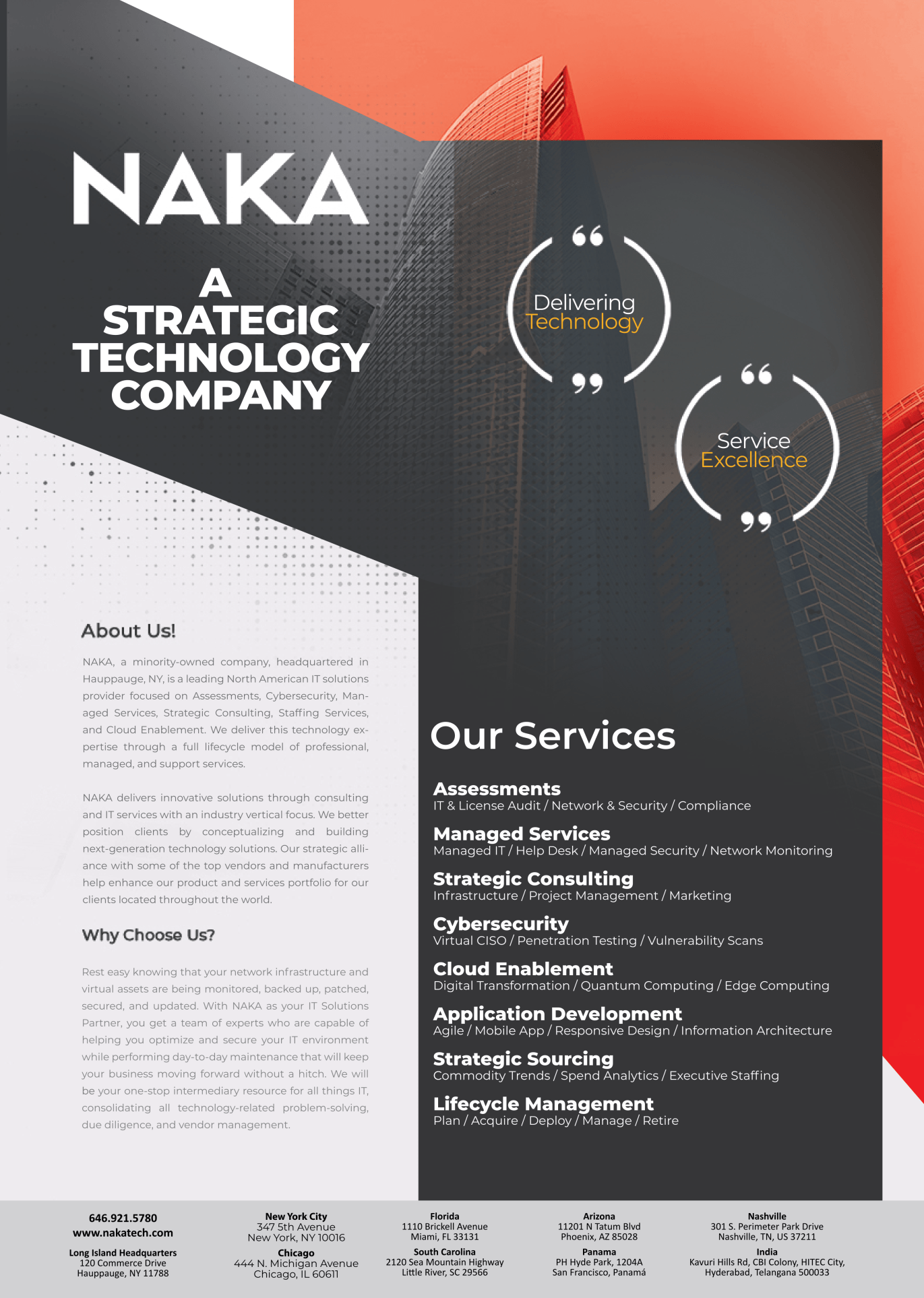Why Choose Access Control System Over Regular Lock and Keys

Why Choose Access Control System Over Regular Lock and Keys
In an ever-changing world, security remains a top priority for individuals, businesses, and organizations. While traditional lock and key systems have served us well for centuries, access control systems have emerged as a more sophisticated and efficient way to manage security. In this blog, we will explore the reasons why access control systems are increasingly favored over regular locks and keys.
1. Enhanced Security
Access Control Systems:
Access control systems provide a significantly higher level of security compared to traditional locks and keys. These systems employ various authentication methods such as key cards, PINs, biometrics (e.g., fingerprint or retina scans), or mobile apps. These methods make it incredibly challenging for unauthorized individuals to gain access. In the case of biometrics, the system relies on unique physical characteristics, ensuring the highest level of security.
Traditional Locks and Keys:
Traditional locks and keys are susceptible to being lost, stolen, or duplicated. When a key goes missing, the security of an area is compromised until the lock is replaced or rekeyed. This risk can lead to unauthorized access and potential security breaches.
2. Access Management
Access Control Systems:
Access control systems offer precise control over who can enter specific areas at particular times. Administrators can easily grant or revoke access rights for individuals or groups, which is far more efficient than rekeying locks or collecting and reissuing physical keys. This granular control is particularly valuable in organizations where there are different levels of access required for employees, contractors, and visitors.
Traditional Locks and Keys:
With traditional locks, access management is limited to who has the physical key. Rekeying locks or changing the keys can be cumbersome, time-consuming, and expensive. It can also disrupt the daily operations of a facility.
3. Audit Trails
Access Control Systems:
Access control systems typically provide detailed audit trails that record when and who accessed a particular area. These audit trails are invaluable for security and compliance purposes, allowing organizations to track access and investigate any security breaches or incidents.
Traditional Locks and Keys:
Traditional locks and keys offer no such auditing capabilities. When a breach occurs, there is often no way to determine who was responsible or when it happened, making it difficult to take corrective actions or conduct investigations.
4. Remote Access Control
Access Control Systems:
Some access control systems can be managed and monitored remotely, offering convenience and flexibility. This is particularly useful for large facilities or organizations with multiple locations. Remote management allows administrators to make access changes without physically being present at the site, which is a considerable advantage.
Traditional Locks and Keys:
With traditional locks and keys, remote management is virtually impossible. Any access changes require a physical presence and manual intervention, which can be highly inconvenient and costly.
5. Quick Response to Security Incidents
Access Control Systems:
In the event of a security breach or a lost access card, administrators can quickly deactivate the access rights of the compromised card or individual. This immediate response enhances security and minimizes potential risks.
Traditional Locks and Keys:
With traditional locks, responding to security incidents is more challenging. If a key is lost or stolen, the immediate response is to rekey the lock, which can be time-consuming and costly.
6. Increased Convenience
Access Control Systems:
Access control systems eliminate the need for physical keys, which can be lost or misplaced. Employees or residents can use key cards, PINs, biometrics, or smartphone apps for access, reducing the hassle of managing and distributing physical keys.
Traditional Locks and Keys:
Managing physical keys can be a cumbersome task. It requires keeping track of keys, distributing them to authorized individuals, and replacing them when lost or stolen.
7. Integration and Scalability
Access Control Systems:
Access control systems can often be integrated with other security and building management systems, such as surveillance cameras and alarms, for a more comprehensive security solution. They are also easily scalable, making it simpler to expand or modify the system as your needs change.
Traditional Locks and Keys:
Traditional locks and keys lack the ability to integrate with other security systems. Expanding or modifying the system may involve rekeying locks or replacing them entirely, which can be costly and disruptive.
8. Reduced Maintenance Costs
Access Control Systems:
Access control systems generally have lower ongoing maintenance costs. Once the system is in place, it requires minimal upkeep. Deactivating or activating access rights, replacing access cards, or updating software can be done without the need for physical changes to locks or keys.
Traditional Locks and Keys:
Traditional locks and keys require ongoing maintenance and rekeying if there’s employee turnover or security concerns. This maintenance can become a significant expense over time.
9. Environmentally Friendly
Access Control Systems:
Access control systems reduce the need for physical keys, which can contribute to environmental sustainability. By eliminating the production and disposal of plastic or metal keys, these systems have a lower environmental footprint.
Traditional Locks and Keys:
The production and disposal of physical keys can be detrimental to the environment, contributing to waste and resource consumption.
10. Modern Aesthetics
Access Control Systems:
Access control systems often have a more modern and aesthetically pleasing look. Key card readers, biometric scanners, and touchless access options can enhance the appearance of a building or facility. They provide a sleek, high-tech feel.
Traditional Locks and Keys:
Traditional locks and keys, while functional, may not provide the same level of modern aesthetics. Rows of traditional locks and keys can be less visually appealing and lack the contemporary touch offered by access control systems.
Conclusion
In today’s fast-paced and technologically advanced world, access control systems have become the go-to choice for businesses and organizations seeking to enhance their security. The advantages of access control systems over traditional locks and keys are clear: improved security, precise access management, detailed audit trails, remote access control, quick response to security incidents, convenience, integration, scalability, reduced maintenance costs, environmental sustainability, and modern aesthetics.
While access control systems offer many benefits, it’s crucial to select the right system that fits your specific needs and consider factors such as cost, complexity, and the level of security required for your facility or organization. As technology continues to evolve, access control systems will likely play an even more prominent role in shaping the future of security.
Investing in an access control system is not just a security measure; it’s a strategic move toward a more efficient, secure, and environmentally responsible future.



